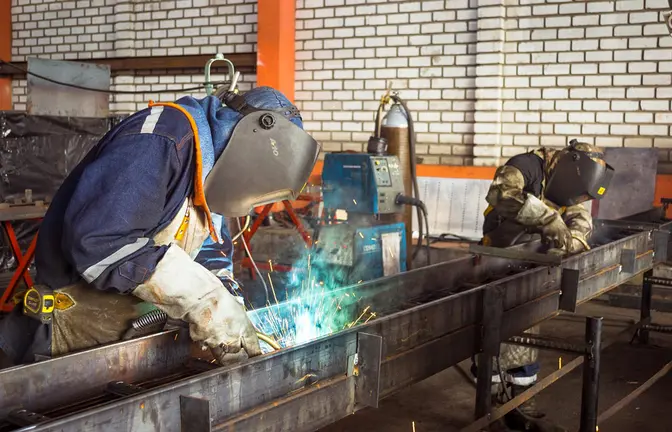False banknotes have circulated at all times and in all societies. It is not very common that they reach our pockets because they are still few compared to the amount of real bills circulating, but surely they have been closer to us than we think.
The latest figures published by the European Central Bank (ECB) give an approximate idea of the dimension of the problem. Only in the second half or 2018 over 260,000 false banknotes were withdrawn from circulation. Most of them were for small amounts, mainly 20 and 50 euros notes.
Normally currency forgers prefer to produce notes of small amounts, since they are easier to place in circulation by making small payments here and there. The biggest ones (100, 200 or 500 euros) are reviewed with much more care by those who receive them and they are not even accepted by some shops.
The Eurosystem, which is the institution integrated by the ECB plus the 19 central banks that issue the single currency, recommends citizens to be very careful when receiving money in cash.
The basic techniques
The problem is especially worrying in the commerce sector. Although many businesses have sophisticated devices to detect fake money, still it is often difficult to notice. Especially if the seller has to deal with professional gangs, experts in techniques of distraction and deception. For this reason, experts recommend to use the basic manual procedures for recognising a false note.
Even if one has advanced detection devices, manual methods are usually the most effective.
The legal process of printing banknotes provides them with a firm, scratching, unmistakable touch and texture. If someone is used to handling cash, s/he must know very well how that touch feels. That's why it's a good idea to 'caress' the note with index and thumb fingers. If you notice that the fingertip slips too easily over the surface, which seems to be too soft, be suspicious.
To find out if a banknote is fake you can also pay attention to some of the features introduced as security measures. For instance, pay a careful look to the back face of the note. In its central part you will detect the security thread that crosses from top to down (in a whitish colour). It is easy to identify because it includes the euro symbol and the note's value.
Against the light
Another important safety measure is the watermark that can be seen through the note. It is placed under the European flag and the signature of the ECB director (currently Mario Draghi). By putting the note against the light, it can be seen the figure of the mythological character Europe.
Also against the light you can turn the note slowly from one face to another. If it is a legal one you will see that there are some metallic reflections with some decorative elements that seem to appear and disappear while moving the note, depending on the various holographs used. These elements are the most complicated to imitate by currency forgers.
Many stores have devices that detect the ultraviolet and infrared inks incorporated to the notes. Some of them even measure the note's exact dimensions and thickness in order to know if it is real.
Markers with invisible lines are also very popular in some countries. Its use is very simple, consists of making several strokes on the note and if its surface change of colour, then the note is supposed to be false. Finally, there are mobile apps based on the camera or the flashlight of the device, to detect holograms and watermarks.
Certainly they are all useful, but experts insist they are never good enough to ensure the authenticity, so they should not replace entirely the user's conclusions after a thorough manual examination.










